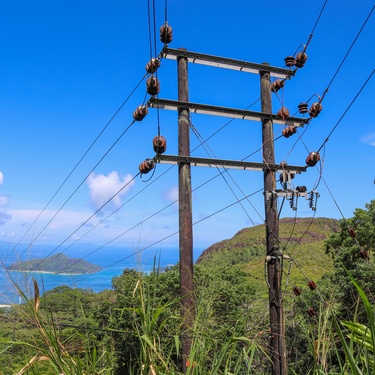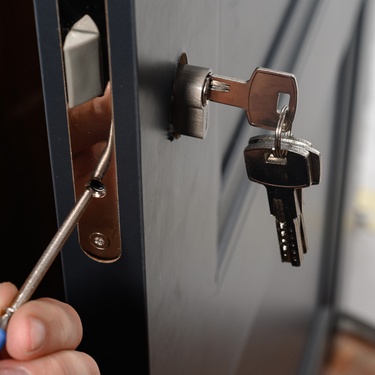
Coastal regions face unique challenges that demand specialized infrastructure solutions. From saltwater corrosion to extreme weather events, the environment near oceans and large bodies of water places extraordinary stress on buildings, roads, and utilities.
Standard construction methods that work well inland often fail in coastal conditions, leading to costly repairs and safety concerns. This is why coastal areas need custom infrastructure to maintain service and protect people and property.
Environmental Factors That Impact Coastal Infrastructure
Saltwater exposure ranks among the most destructive forces coastal infrastructure must withstand. Salt accelerates the corrosion of metal components, weakens concrete, and degrades protective coatings faster than in inland areas. This constant assault requires specialized materials and protective treatments that add upfront costs but prevent catastrophic failures.
Flooding presents another persistent threat. Rising sea levels, storm surges, and heavy rainfall combine to create flooding scenarios that standard drainage systems cannot handle. Coastal communities need elevated structures, specialized drainage networks, and flood barriers tailored for their topography and weather patterns.
Material Selection Makes the Difference
Choosing appropriate building materials becomes critical in coastal environments. Standard concrete deteriorates rapidly when exposed to salt spray and moisture. Marine-grade concrete contains additives that improve resistance to chloride penetration and reduce the risk of reinforcement corrosion.
Ductile iron is one option for utility poles in coastal areas, since it doesn’t degrade like other metals and can be protected with coatings to resist coastal weather. Along with these, there are a variety of benefits to using ductile iron in coastal environments that keep everyone safe and utilities functioning even during tough weather conditions.
Engineer for Extreme Weather
Coastal infrastructure must account for weather events that rarely occur inland. Building codes in these areas typically mandate higher wind load ratings, impact-resistant windows, and reinforced roof systems. Hurricane damage and the need to protect lives during severe storms have led to these requirements.
Utility systems require redundancy and protection that standard installations lack. Underground power lines, elevated water treatment facilities, and backup systems ensure essential services continue operating during and after storms. These customizations cost more but prove invaluable when disaster strikes.
Planning for the Future
Climate change adds urgency to coastal infrastructure planning. Rising sea levels and increasingly severe weather patterns mean structures built to current standards may prove inadequate within decades. Forward-thinking communities incorporate climate projections into their infrastructure designs, adding safety margins that account for changing conditions.
Building Resilient Coastal Communities
Custom infrastructure in coastal communities represents an investment in community resilience. Properly designed coastal systems protect residents, preserve property values, and support economic activity even during adverse conditions. The upfront costs pale in comparison to the devastation caused by infrastructure failures.
Bio: Casey is a passionate copyeditor highly motivated to provide compelling SEO content in the digital marketing space. Her expertise includes a vast range of industries from highly technical, consumer, and lifestyle-based, with an emphasis on attention to detail and readability.
























